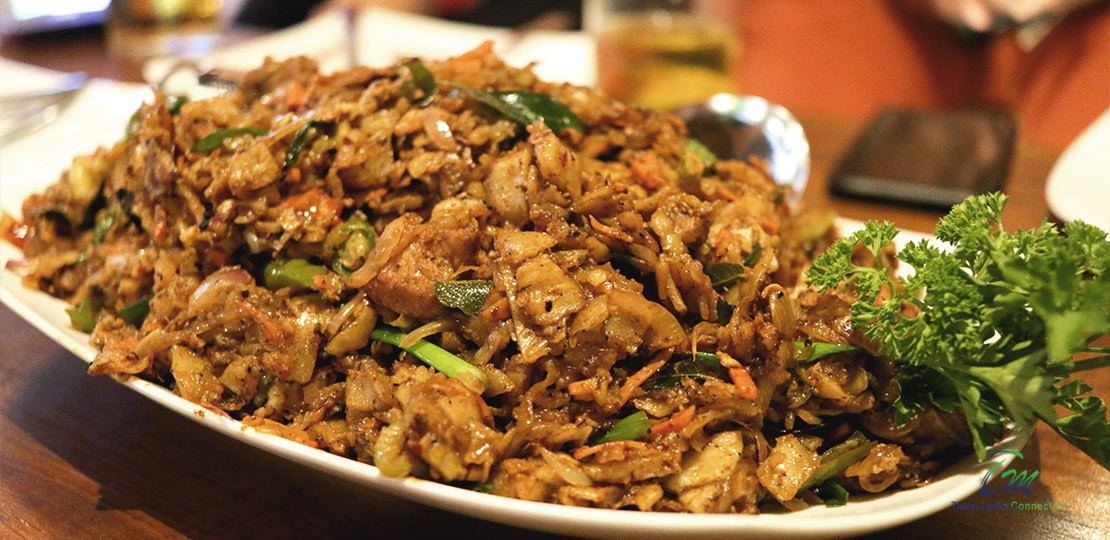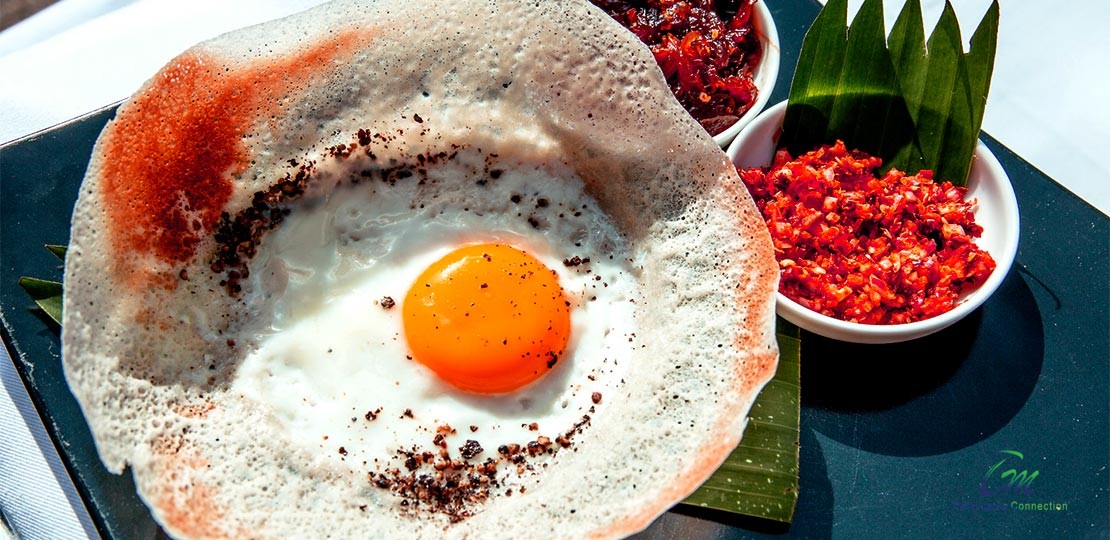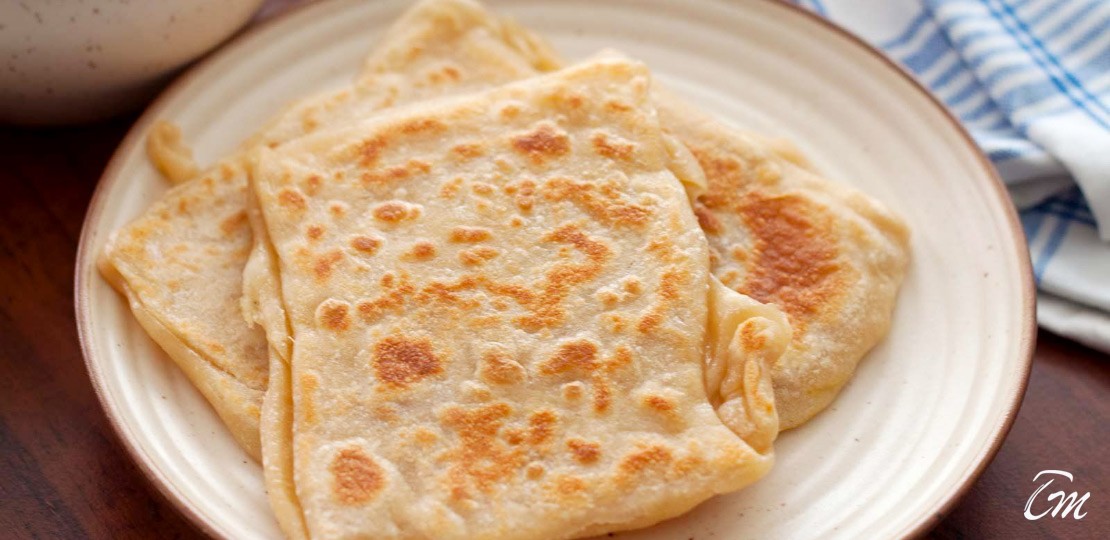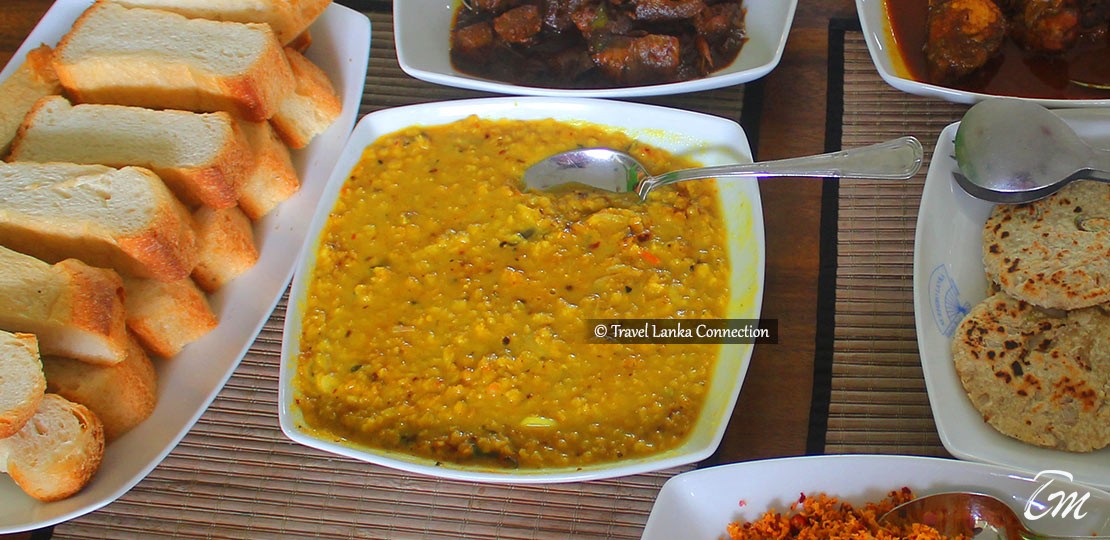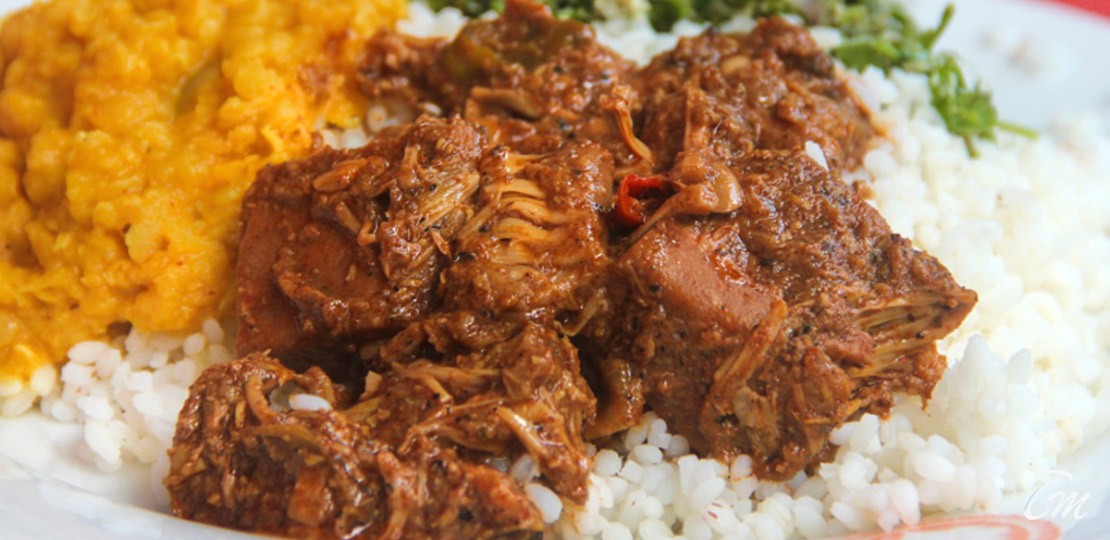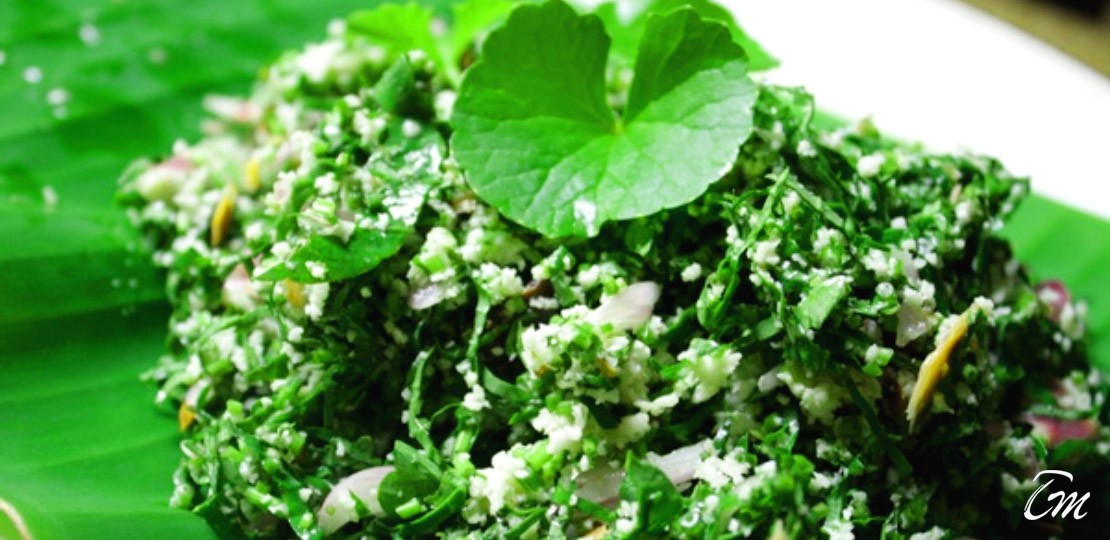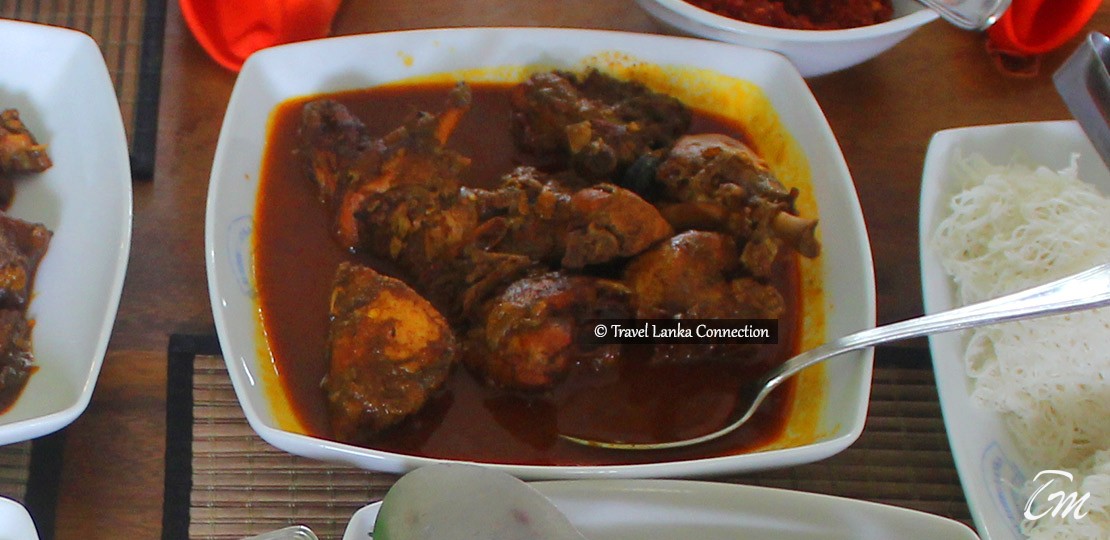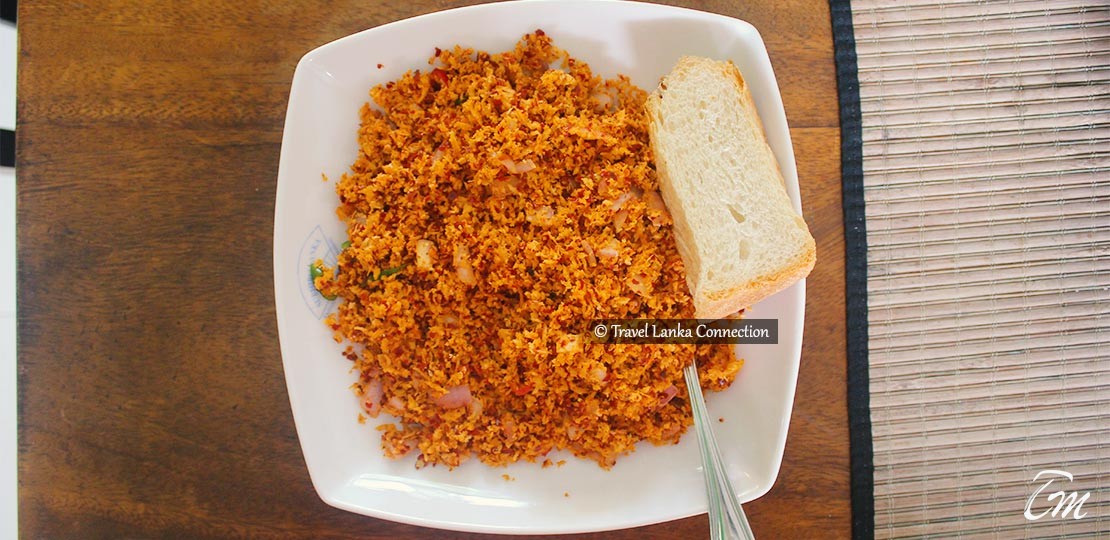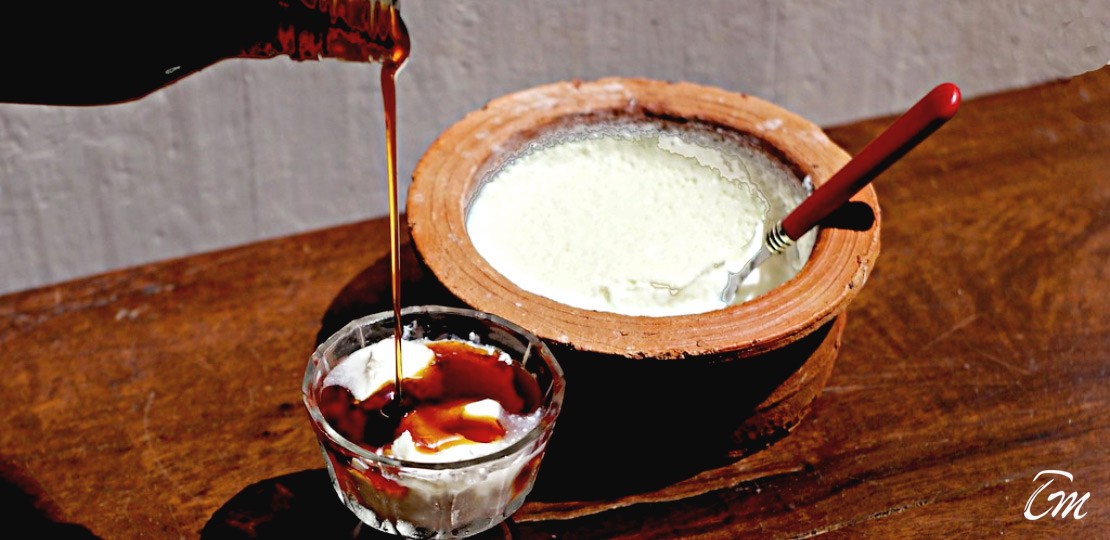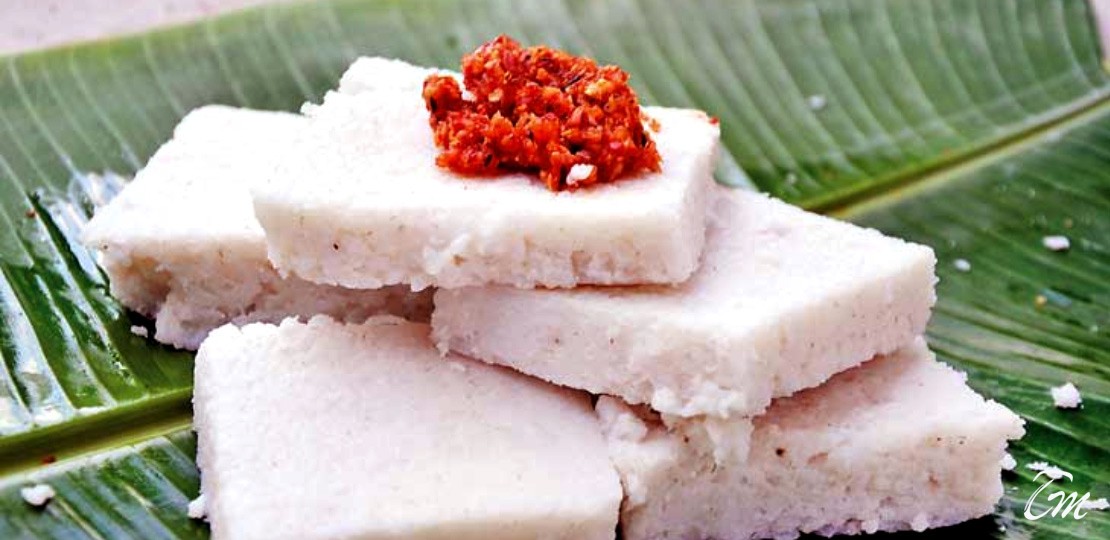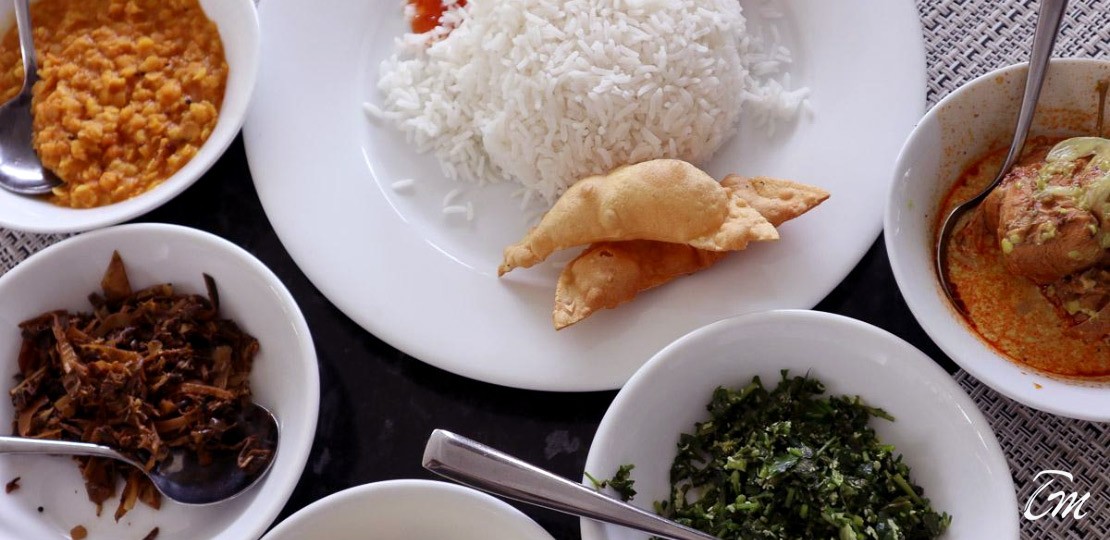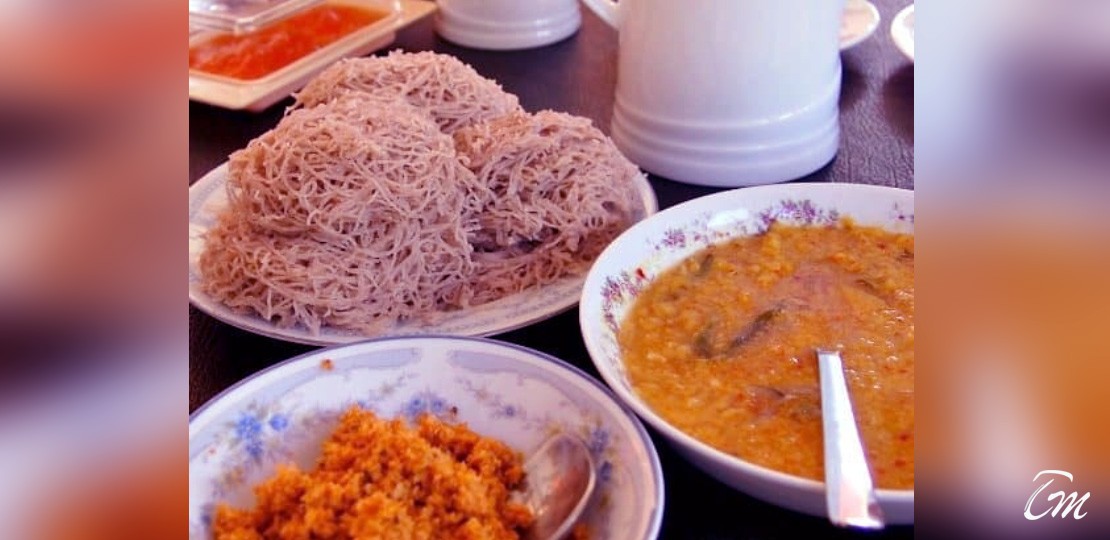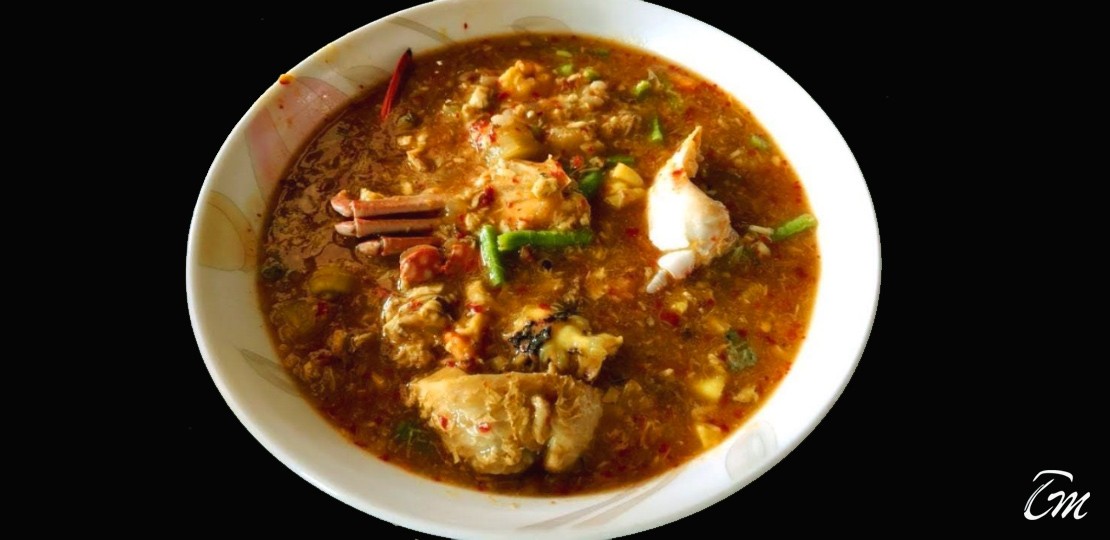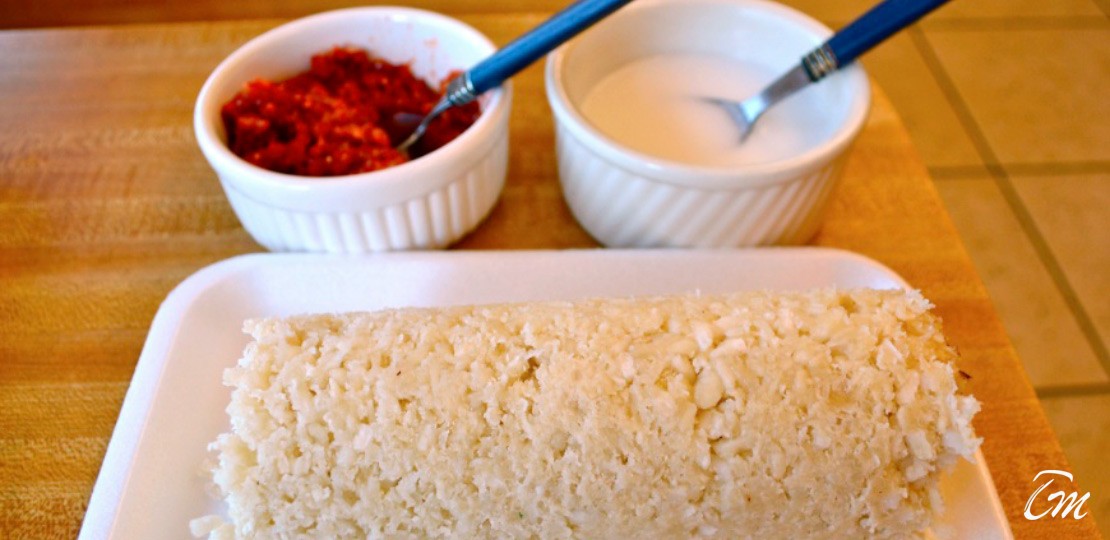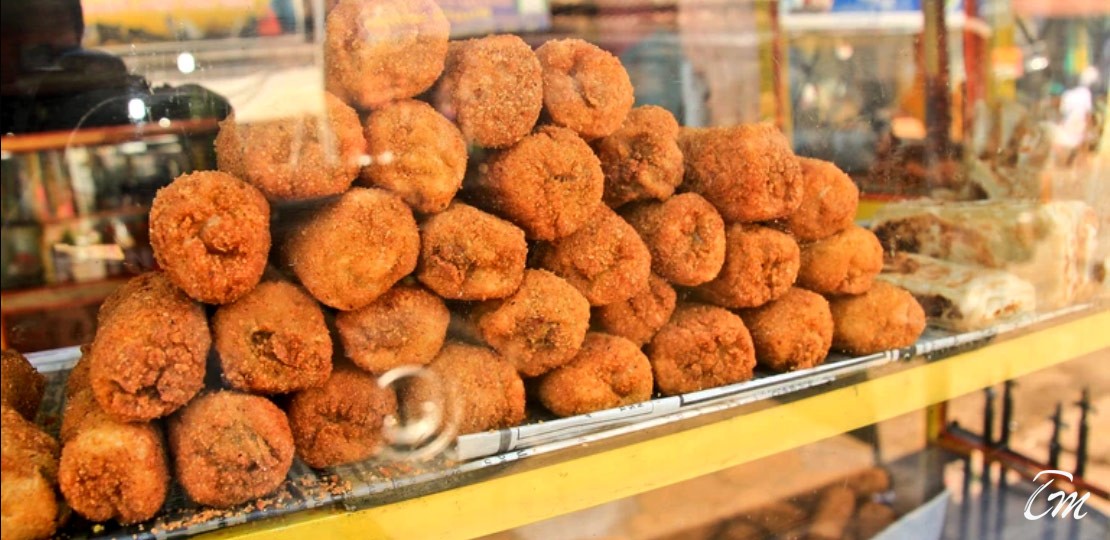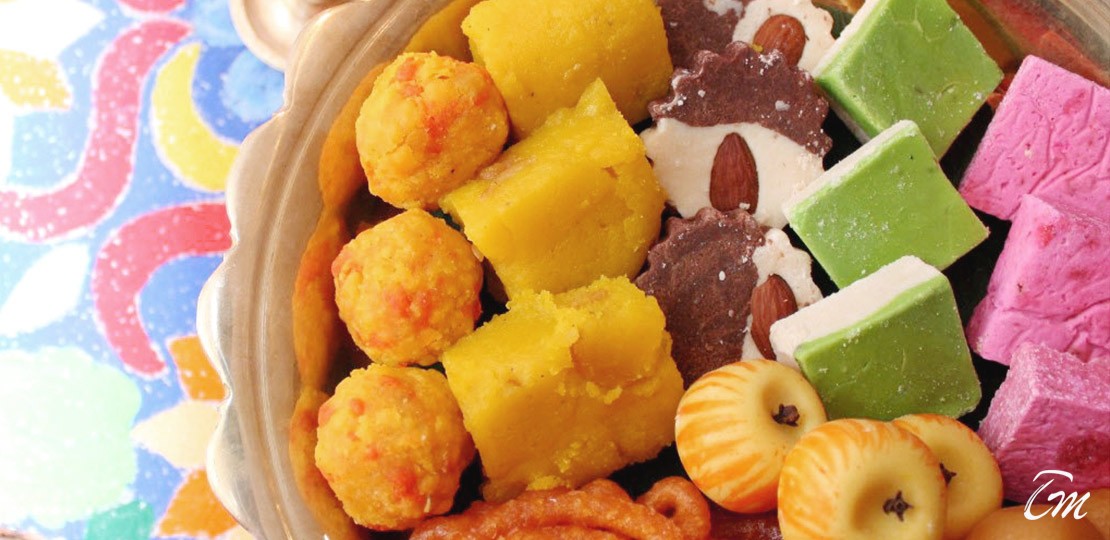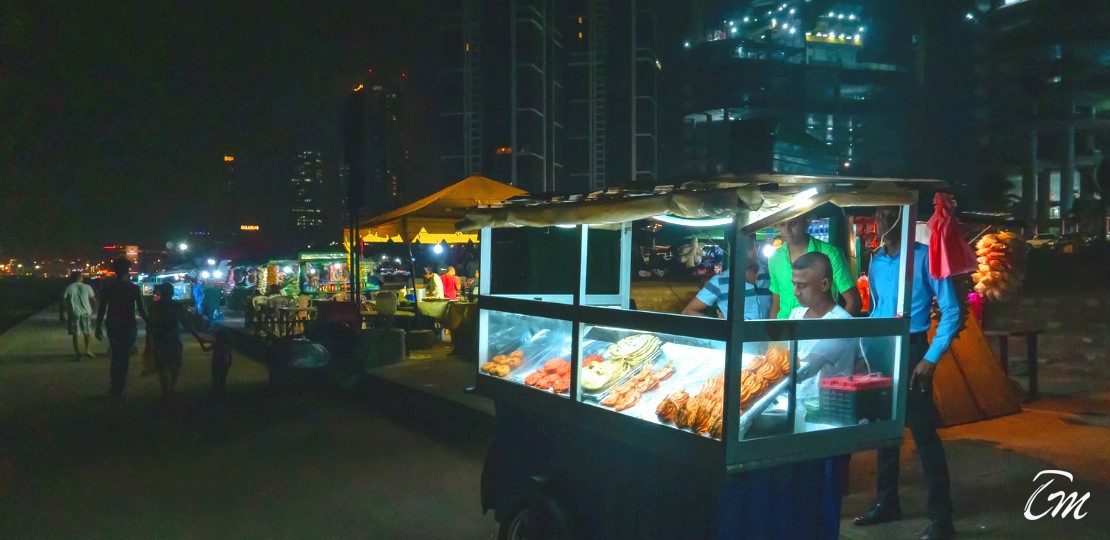
Sri Lankan Food - Must Try Best Sri Lanka Island Dishes
Unlike other tourist destinations around the world, Sri Lanka is one of few places where it is recommended to be local and go for the local in order to best enjoy and explore the country. Understanding the Sri Lankan cuisine and its special dishes and unique flavoring is an indispensable part of any visit to Sri Lanka. Sri Lankan's way of making food is quite interesting and amusing for your taste-buds. Plus, it is a good way to stay under budget. Here we present you six of unique Sri Lankan dishes that you should never miss out on during your Sri Lanka tour.
Because of long years of colonization, Sri Lankan culinary culture has drawn inspiration from various outside countries and has formed a special blend of different styles of preparing foods with a resemblance to South Indian foods as well. But, it has chosen to stay unique in its way of spicing and flavoring. Sri Lankan foods are normally spicy and rich with different flavors.
Rice and curry is the main staple across the country taken at all the primary meal times of a day. Different forms of curries are there using vegetables, fishes and other ingredients. Fishes and coconuts are dominant ingredients in most curries. Various side dishes made of fishes, vegetables and fruits shall be accompanying their "rice and curry" staple.
Kottu Roti
Regarded as Sri Lankan hamburger, Kottu Rotti is a popular Sri Lankan street food that you can get any time as a fast meal. It is largely made of pieces of Sri Lankan godamba roti, a flat and crispy bread. Kottu chefs will have already fried and stacked the roti prior to your order. When you make your order, he will fry and cut down them and prepare it with a selection of spices and a choice of other meaty ingredients. Usually, Kottu Rotti is served with a separate bowl of curry and sauces in order to add extra flavor to your dish and moisten the flatbread. You can either dip it in the sauce or pour it onto your plate.
Aappa - Hoppers
Also known as appa, hoppers are an iconic food of Sri Lanka with a close resemblance to pancake. The recipe begins from making a batter from a slightly fermented rice flour concoction that is well spruced up with coconut milk, a little bit of toddy (palm liquor), sugar and coconut water sometimes. A dip with a ladle from the batter shall be poured on to the small wok (a small rounded pan) placed over the fire. The batter shall be evenly around the pan in a circular form by swirling the wok. The center portion of the appa shall be a bit soft and thick with the edges are thin and crunchy.
The egg hoppers are another interesting variant of appa that is made with an egg cracked into the hole made in the appa. String hoppers are made of even thicker dough that is squeezed through a mold into thin noodles and steamed.
Paratta
Paratha is the greasy flat-breads made of godamba roti and it is pretty much delicious to eat dipping in potato curry and garlic coriander keema along with Indian beef. They shall resemble Malaysian roti or an African chapati. The dough shall be made by gently pouring watering into the flour. The small dough balls shall have to stay submerged in oil for a long time. After that, they are flattened to the thinnest piece by the chef. Although super-soft to eat even without curry, some parts shall be a little crunchy, but desirable. Medium heat is always kept under the pan. The appropriate curry makes your paratha-eating experience even better.
Parippu - Dhal Curry
You can get dhal curry everywhere across the country as it is one of the most common staples of Sri Lankan culinary art. Largely masoor dhal which are split red lentils is used for making dhal curry in most restaurants and households here. Dhal is first washed and boiled until being desirably soft. Fresh ingredients like tomatoes, onions, and chilies are stir-fried in a separate pan and spices such as turmeric, fenugreek, cumin seeds, mustard seeds, and curry leaves are added after well sauteed. Eventually, all the ingredients are mixed and some coconut milk is added for making the stew a bit more thick and rich in flavor and texture.
The fact that dhal curry is fit for consuming with all types of other meals, rice, roti, and bread makes it more popular and omnipresent.
Polos - Young Jack Fruit
Polos is rather a standard dish that you can order at most restaurants in Sri Lanka. In Sri Lanka, the jackfruit is used in the cuisine in its different forms of ripeness. For making polos, young jackfruits, green and starchy, are used. The fruit is cut up into small-sized chunks and boiled until being soft. The small chunks of jackfruit that have been mixed with the roasted form of spices are put into the pan in which mustard seed oil is heated along with onion, garlic, lemongrass, curry leaves, and cinnamon. After pouring a splash of thick coconut milk, the concoction is cooked for an hour. In the end, most of the liquid shall be simmered out.
Gotukola Sambal - Pennywort
Gotukala (Asiatic pennywort) is one of few green leafy vegetables consumed in Sri Lanka. In Sri Lankan cuisine, the term "sambol" means any dish made of raw ingredients. Gotukala sambol is a nutrient-rich Sri Lankan salad garnish you can avail at restaurants and households. This fresh and crispy dish is eaten more as a side dish of rice and curry. The gotukala leaves shall be sliced into slivers at first. The mix of finely-grated coconut meat and shallots are added after that. The seasoning shall be done with extra spices and salt and lemon juice.
Sri Lankan Chicken Curry
chicken curry is probably a wide-spread type of curry that is made in different flavors with different ingredients. But the Sri Lankan model of chicken curry (Kukul mas curry) with the accompaniment of coconut milk is something to undoubtedly die for. The taste shall be varying depending on region. Usually cardamom, cinnamon sticks, fennel seeds and cloves are tempered in hot oil. The chicken spiced with curry powder, chili powder, pandan leaves, turmeric, lemongrass and curry leaves is added later. Adding coconut milk shall give you thicker form of gravy. It is usually served along with hot rice or roti, which would be a magnificent culinary experience to enjoy during your Sri Lanka tour.
Pol Sambal
Also known as 'fresh coconut relish', the Pol Sambol is a commonly-consumed garnish or side dish in Sri Lanka with all primary meals, especially, rice and curry, string hoppers, bread, coconut roti and hot paratha. Pol Sambol is easily made by dicing or grinding the easily available ingredients like dried chilies (whole or powder), red onions, lime juice and salt and simply mixing them with grated coconut in a bowl. Sometimes fishes make into the list since with coconut dishes, they can give a varied taste and experience. For vegetarians can demand for fish-free making.
Curd with Kithul Syrup
A lovely dessert that your taste buds sure will need some more. In Sri Lanka, curd is consumed in an interesting way coupled with kithul treacle. Kitul treacle is made from sap that is extracted from the inflorescence of Kithul palm (Caryota urens) which can be seen in the country. The sap is boiled down to dark brown and thick syrup that taste sweet. The taste shall resemble dates with a tiny hint of caramel. The white fresh thick curd shall look nice to your eyes as well when poured with this dark syrup.
Kiribath with Lunumiris
Also known as 'milk rice', Kiribath belongs to country's traditional foods, normally served for special occasions like weddings, birth of a child or New Year. Kiribath is a special type of rice available in Sri Lanka. The procedure begins with by boiling the rice until getting desirably soft. The coconut milk is added to get the dish thick and creamy. A pinch of salt is necessary as per the quantity of the rice. Once the cooking is finished, the dish can be in a sticky state that you need to cut like the slices of a cake. People take various garnishes along with Kiribath, most commonly 'lunu miris', (spicy onion relish) or 'seeni sambol' (sweet onion relish).
Sri Lankan Rice and Curry
The culinary culture of Sri Lanka can simply be defined as rice and curry. For all primary meal times, Sri Lankans have this way of staple. The rice and curry experience shall be pretty much vibrant and diverse due to all the curry variants you can get for pouring into your rice like fish curry, chicken curry, dhal curry and vegetable curry so on, that shall differ in taste, flavor, thickness, ingredients. Precisely, there are more than 20 curry types commonly consumed in Sri Lanka. The list shall get even bigger depending on the region you visit.
Try like a local and use your fingers to eat. Take the rice onto your plate and gently pour a little of the curry. Mix them with your finger! Slowly take a handful to your mouth without daubing your face.
String Hoppers
Although belonging to Appa category, this largely-available appa variant requires a different form of usual small pan making. String hoppers are made of even thicker dough that is manually squeezed through a mold with tiny holes forming thin noodles-shaped thing which is then steamed in a closed vessel that has water beneath where the hoppers are put. It shall require couple minutes for the string hoppers to transform into soft and nice existence. They are eaten for breakfast and curries with curries or garnishes.
Jaffna Odiyal Kool
Odiyal Kool is a traditional dish made from a palmyrah product and served on special occasions in the North of Sri Lanka. The key ingredient, Odiyal, is a nutritious root which will dried and made into flour in order to preparing the dish. In not available, you can simply replace it with corn flour as well.
It is prepared by boiling chopped vegetables (brinjal, jack-fruit seeds, yardlong beans, small green leaves, manioc, ash plantain) and seafood in separate water and you need to mix them along with tamarind extract. When start boiling, add the odiyal flour and keep stirring to avoid lumps. After that, add the boiled rice into the pot! Also the ground spices (dried red chilies, cumin seeds, pepper powder) need to be added in no time along with turmeric and salt. And wait until boiling to serve it hot.
Pittu
Pittu is largely a breakfast dish in Sri Lanka! It is made of rice flour that is steamed with desiccated coconut. It shall look like funnel cakes and taste mildly sweet due to the coconut, otherwise largely neutral. The flour for pittu shall already be kept dried in the household. Over the fire, a pot with water inside is positioned. A bamboo tube, nowadays metallic, shall be fitted in the opening, with a lid with tiny holes beneath separating the water and the rice flour dumped into the tube. After a few minutes of steaming, the pittu shall be ready to be taken out.
You need to gently take the tube out and push from behind with a stick. The dish shall be out onto the plate without fracturing. With curry or sweetened coconut milk you can have pittu.
Short Eats
You shall literally be spoilt for choice when it comes to short eats in Sri Lanka! You can find plenty of them both on streets and restaurants country wide. Variants of western-inspired snacks, replicas from India and country's own unique fried ones! If you are roaming around cities in Sri Lanka, you can come across small tea stalls on streets where you can go and order coffee and fried snacks as you can see in India. They are affordable and crunchy and tasty to eat.
Some of the popular Sri Lankan short-eats are coconut roti with hot sauce, fried spiced chickpeas, samosa, cutlets made with beef, chicken or shrimp, deep fried lentil fritters, corn-studded vadai, spicy vadai, and empanada-like patties.
Sri Lankan Sweets
Sri Lanka has a vast list delicious sweets and desserts originating right from there. In Sri Lanka, desserts are normally served as part of primary meals, while sweets are largely eaten at tea times. Most desserts and sweets in here involve domestically prepared sweeteners, spices and jaggery like kithul (Caryota urens) treacle.
Some of the popular desserts you must try during your Sri Lankan visit are Watalappam, buffalo curd, semolina and jaggery pudding, avocado cream, kirala fruit milk, kithul flour pudding, wood apple milk, pudding of dulya and sago pudding.
There is a variety of sweets you can have evening teatime. Some are aluwa, athirasa, oil cake, bibikkan, sowboro, unduwalalu, green gram cake, weli thalapa, kalu dodol, aggala, popo (coconut balls),kokis, arsmi, halapa and kesari.




